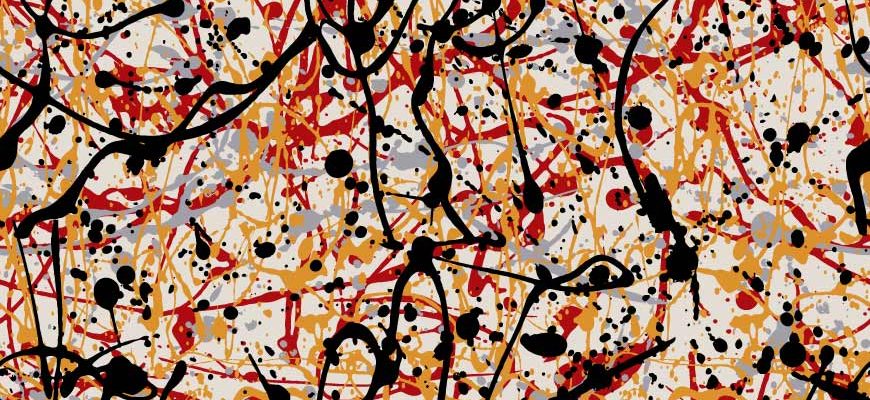“My name is Rossella Sferrazza and I am a plastic surgeon with a passion for aesthetic medicine. The question I get most frequently is not so much related to plastic surgery itself, but to the most effective methods for obtaining clear and radiant skin; a question that comes from young and old, from women and men, from those with fair skin and from those who are darker in complexion… The old competition between friends who sported the darkest tan at the end of the holiday is now only a memory. “
What discolorations are
Skin discolorations, commonly referred to as “skin spots”, are conditions in which more or less extensive areas of the epidermis are lighter or darker than the rest of the skin.
The main causes
The most frequent cause of dyschromia is photo-chrono aging, i.e. the set of changes in the skin caused by exposure to the sun (photoaging) and by the intrinsic processes of aging linked to free radicals or oxidative stress (chronoaging).
Most common types of discolorations
Photoaging is mainly responsible for dark spots, more or less circular and defined, better known as solar lentigos.
Another very common condition, especially in olive or not clear skin types typical of the Mediterranean basin, is the presence of diffused dark spots, less defined and with irregular edges, often extended mostly to the level of the face (forehead, cheekbones, and mustache area), and often referred to as melasma (or chloasma during pregnancy).
Effective medical treatments
Although laser and pulsed light are the methods with which the best results are obtained, discoloration removal is never definitive, as melanin tends to settle again in the epidermis within two years of treatment.
A significant reduction of discoloration occurred with the use of topical products based on hydroquinone in various percentages, which inhibits the production of melanin.
Although these topical drugs are very effective, they are not free from complications (redness, irritation, dry skin) and do not ensure a solution to the problem, but a significant reduction.
Effective cosmetic treatments
Some acid substances, such as glycolic acid and mandelic acid, are substances of natural origin with the property of inhibiting melanin production in the epidermis and causing slight exfoliation.
The constant application of these substances is currently one of the most effective systems for combating color changes in the skin and for significantly preventing aging.
These acids can be used as deep peels to be done in the doctor’s office or as lighter topicals to be used at home.
The importance of Vitamin C
Vitamin C is known as a powerful antioxidant and helps reduce and fight skin damage from oxidative stress. It is very effective topically on the skin to improve its complexion and appearance; Topical preparations made of vitamin C can be used throughout the year, both for corrective and preventive purposes.
How to prevent the appearance of discoloration
The prevention of dyschromia is divided into three fundamental points:
1) inhibition of melanin production;
2) exfoliation and consequent stimulation of cell turnover;
3) protection of our skin from UV rays.
There is no treatment for skin discoloration that does not include the association of a sun filter, which not only reduces the aesthetic damage from photoaging but also the cell damage responsible for many skin cancers.
How to best treat dyschromia
The best strategy for treating dyschromia is a combination of several therapies. To control the development of spots, prevent their appearance, and prevent a recurrence after treatment, it is important to integrate the different procedures and use them consistently.

Dr. Rossella Sferrazza
Plastic Surgeon



